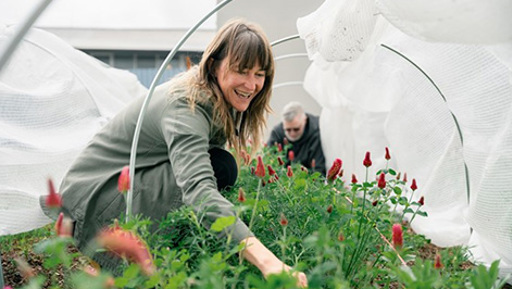Solar panels and batteries provide the missing link for Te Henga / Bethells Beach
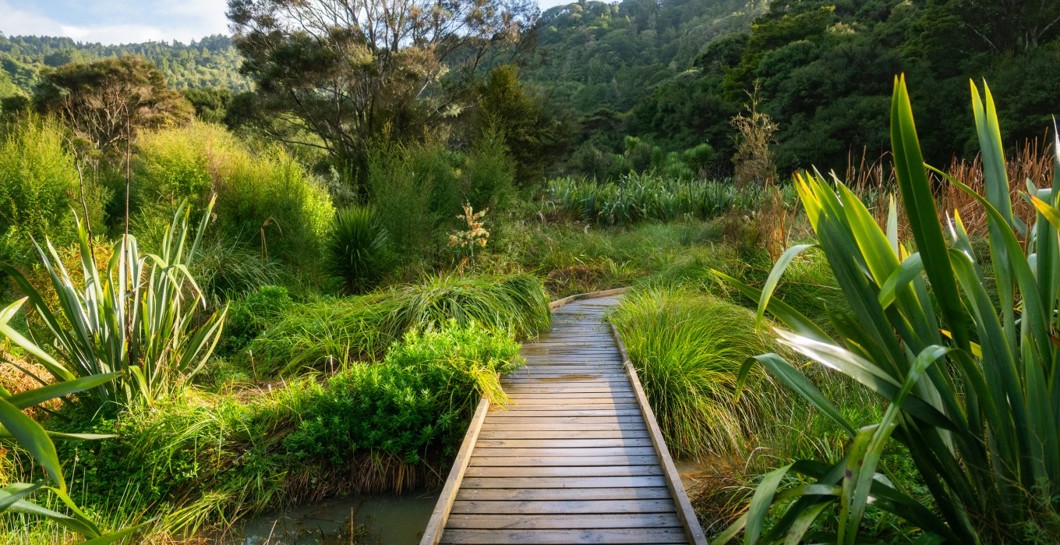
With its rugged coastline, sweeping dunes and dramatic wetlands, Te Henga / Bethells Beach is a pocket of paradise on Auckland’s west coast. But while the remoteness of this ecological treasure can make it feel like you’ve stepped into another world, in national emergencies the area’s isolation can leave the township vulnerable.
The extreme weather events in early 2023 saw the community battered by flooding, mud and sand slips, and the only road in and out of the township was washed away. Some homes were without power for 10 days, and without cell phone coverage, residents were cut off from the world.
As part of Auckland Council’s Storm Recovery and Resilience fund, the Matuku Reserve Trust in Te Henga / Bethells Beach was granted $32,000 to purchase batteries that can store power generated by solar panels at the Trust’s Sustainable Wetland Education Centre. The aim is to create a sustainable power supply for the wetland preservation group’s environmental centre and transform the facility into a community hub during climate emergencies.
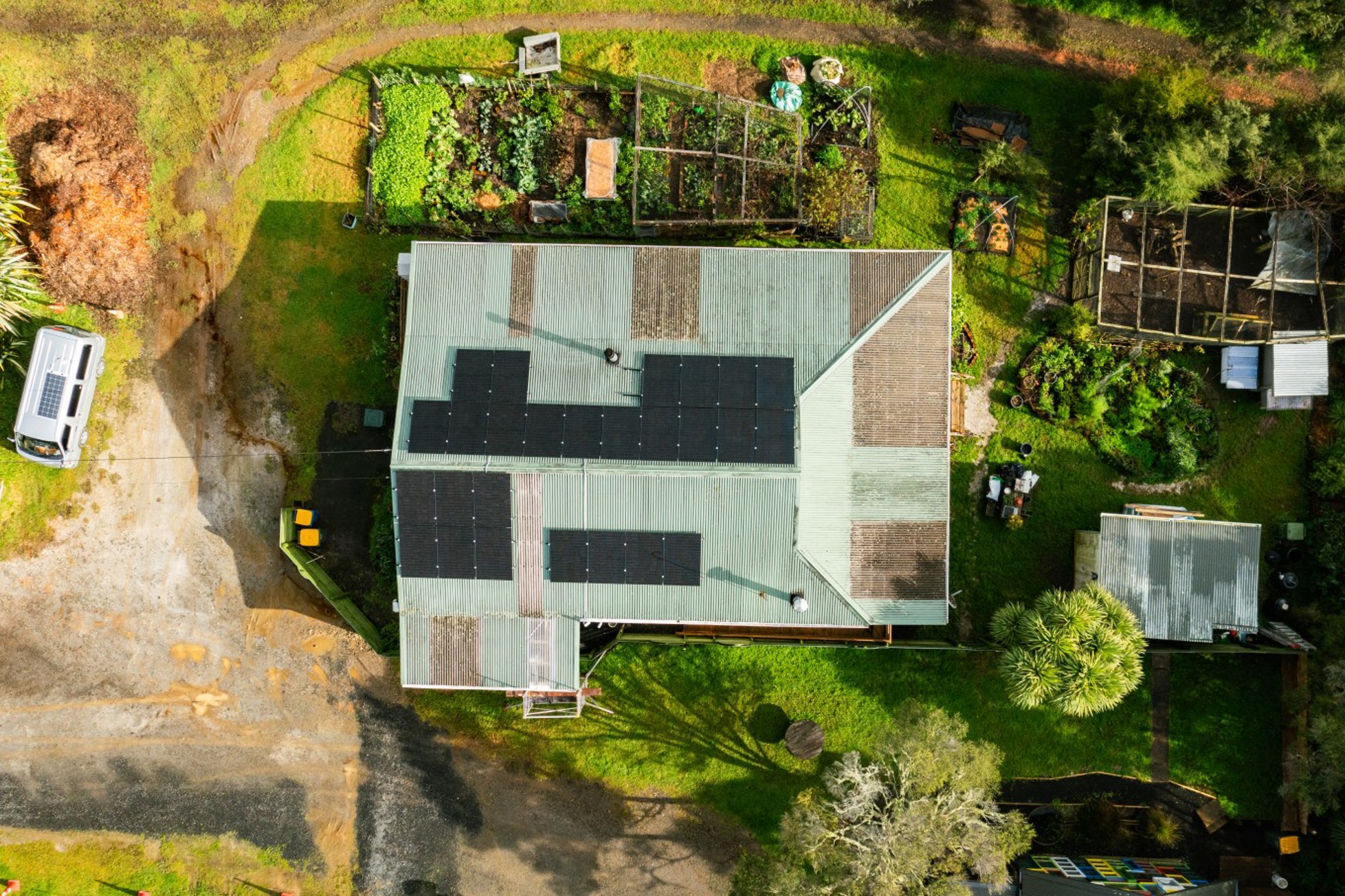
“The community was devastated by the flooding and cyclones of 2023, and it really highlighted the need for a community centre in emergencies,” says Annalily van den Broeke, Project Manager at the Matuku Link Trust.
“The weather was quite scary. The stream from Lake Wainamu became a raging river that took part of the sand dunes with it down towards the beach. Some properties in the path had sand from the dunes dumped on their properties, with a metre to a metre-and-a-half high piles of sand slush.
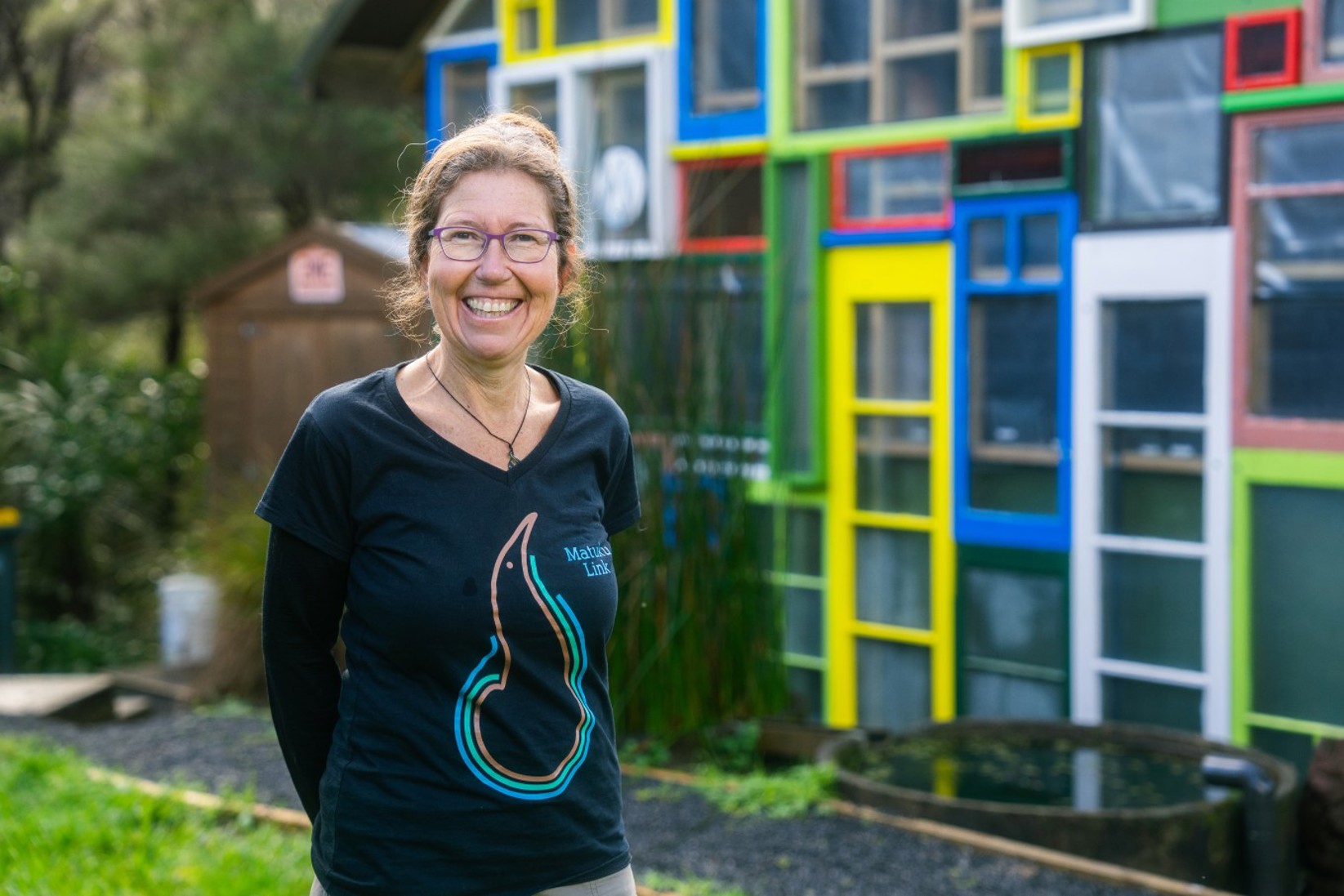
“There’s only one road in and out to Bethells,” Annalily continues. “What was also alarming to people during the storms was that you couldn’t communicate with them to tell them you were safe. There’s no cell phone coverage in parts of Bethells, and with no power supply, there’s no internet.”
Community support
During the Auckland Anniversary Weekend floods and Cyclone Gabrielle, the Matuku Link opened its doors to the community so they could utilise its power and parking area. Still, Annalily says they were caught off guard by the demand.
“We weren’t really prepared for an emergency, but now, with the batteries, we can store our solar power and allow people to charge their phones and laptops, use a flushing toilet (as that runs off power here) and we can also become a hub as people need information.”
Auckland Council has supported the Matuku Link with funds for solar panels, batteries and two EV chargers to provide sustainable energy for the community group.
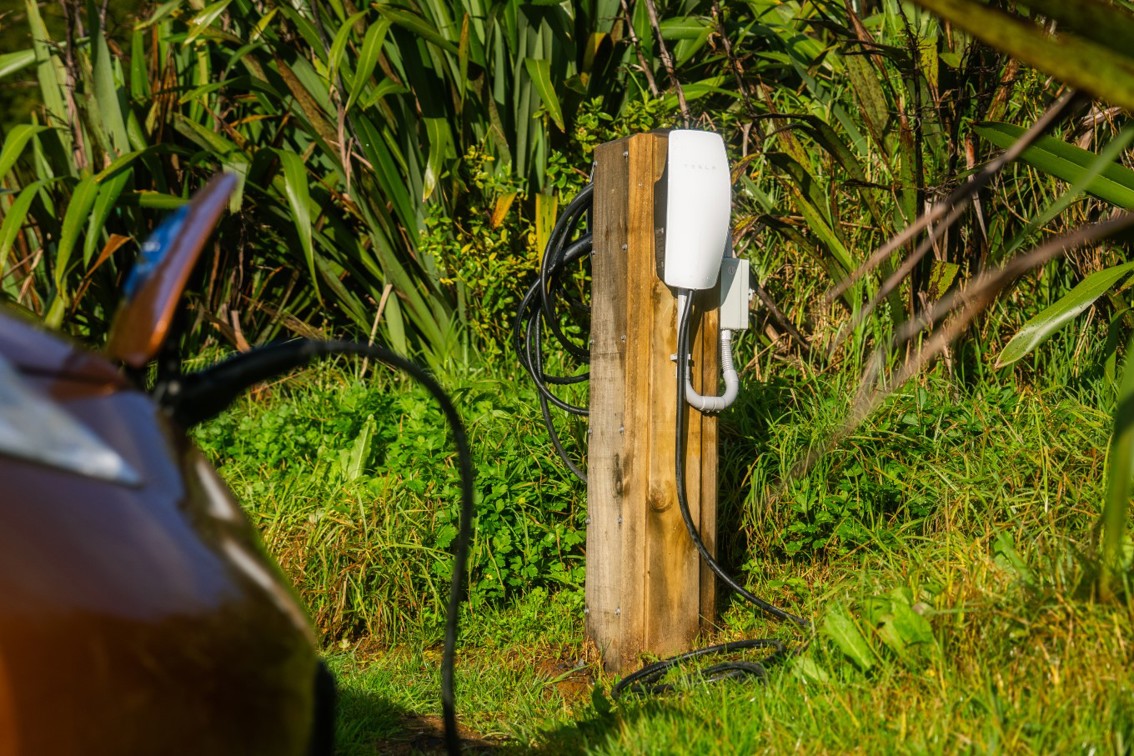
It also helps to fund Annalily’s role as a community coordinator through the Community Coordination and Facilitation Grant, while the Regional Environmental and Natural Heritage Grant helps with survey work, the Waitākere Ranges Local Board provides funding for pest control and the Henderson-Massey Local Board contributed towards the ecological education school holiday programme. The funding recognises the vital role the Matuku Link plays in protecting and restoring the unique Waitākere environment.
Matuku Link background
Matuku Link gets its name from the endangered matuku-hūrepo (Australasian bittern) which makes its home in the wetland area.
The ‘link’ part of the name recognises how the 37ha of bush and wetland connect to the Waitākere Valley and Te Henga wetlands, as well as other conservation areas such as Ark in the Park.
Matuku Link is a safe corridor for native flora and fauna, such as the pāteke (brown teal) and pekapeka tou-roa (long-tailed bat), and is also an area for native trees such as swamp maire, kahikatea and kauri.

It's estimated that 90 per cent of Aotearoa’s wetland areas have been destroyed by development, and conservation efforts such as Matuku Link are critical to their restoration and the survival of wetland species.
Thanks to the hours of volunteer work at the Matuku Link Trust, the area has been replanted with thousands of native plants, helping to provide habitat for wetland species while also helping with flood and erosion control.
A small team runs Matuku Link Trust, and Aucklanders can walk on the boardwalk and path by appointment, says Annalily. She adds that the best way to visit is to volunteer on the weekly Tuesday working bees and the third Sunday of each month.

“We’re very grateful for the work of our volunteers who help with planting trees, building paths, eradicating weeds and pests plus who do baking, give guided tours and so much more in order to protect this area. We are also very grateful to our funders. We have a range of funders that have helped the project, and Auckland Council has been a vital part of that mix.”
If you've got an idea to help your community plan for or prevent climate change, check out funding options such as the Auckland Climate Grant.

